DOCtalk with Dr. Gregg 6/1/15
The Bastardization of HIT
A friend who travels the globe, and who works in the land of health information technology, recently mentioned how much better the potential was for HIT companies in countries beyond the U.S. He went on to say, and I quote:
“Wish I could say the same for the U.S. HIT***kthedocsbehemothpophealthbigdatastickittotheproviders companies.” (Asterisks added, to protect the eyes of the innocent.)
To be clear, my friend isn’t a healthcare provider. Still, he does have a genuine concern for us healthcare trench grunts. He also happens to have perhaps the most impressive overview of the world of health IT that I’ve ever beheld. While my vocabulary doesn’t include words of such magnitude, I certainly got his point. Thus, his long-lettered, contrived adjective gave me cause to pause, and to consider just where we are in U.S. HIT, and compare it with from whence we came.
After some goodly contemplation, I’ve a simple conclusion: My friend was correct – we’ve been bastardized.
According to Merriam-Webster, the definitions of “bastardize” include:
- To produce a poor copy or version (of something);
- To reduce from a higher to a lower state or condition;
- To modify especially by introducing discordant or disparate elements.
I think we might be hitting on all of the bastardization cylinders there.
First, let me say that I truly believe the vast majority of men and women in U.S. healthcare and health IT chose their careers based upon a desire to “do good.” Providers typically start with a desire to help people get and/or stay well. HIT folks often start with a desire to build a better HIT “mousetrap.” Each wants to help. Each has good goals. Most also have good values. How, then, did we go from such a higher plane to the bastardized level to which we have now sunk?
It may be entirely too trite to try and condense this down into a simple “here’s why,” but I’ll risk it. It seems to me that the ultimate evils in both the worlds of healthcare and healthcare IT can be summed up in two words – ego and greed.
Hollywood and professional sports aside, I can’t think of any industries that have as much ego as do healthcare and IT. Docs are notorious for their “God complex.” But, I swear, sometimes I think IT folks are striving to outdo docs for the top spot on “Mount Ego.”

So many think that they have the best ideas, that they have the “real” solutions, that they “know” the truly right answers and solutions better than anyone else. (For example, every EHR on the planet is “industry leading,” is “intuitive,” and “thinks like you do.” Huh. Really? Can they all actually think like me … and like you …and like every other provider out there?) How many times do vendors start off with a great idea or product, only to become subsumed by their own ego believing that because they did this first thing well, they’ll do everything well. A product or service that started superbly becomes bastardized with less functional and far-from-best-of-breed iterations or add-ons. (Producing a “poor copy or version.”)
Bring into this mix insurance company regulations – including the intentional obfuscation of payment and process clarity – and then add in some well-intended, but going-off-track-with-increasing-complexity-and-loss-of-focus government regulations and you further increase bastardization. (Introducing “discordant or disparate elements.”)
(To be fair and balanced, many of us HIT bloggers are no less guilty. Good initial intentions become derailed with egocentric bluster and a feeling that “we are somebody” just because we know how to type using reasonably accurate grammar. We become swayed by our own notoriety – even as relatively limited as it is – and start believing that we somehow know more than the rest of HIT-dom.)
On the greed side of things, that lovely little seductress has probably knocked more of us off of our initial high-minded pedestals than anything (in both healthcare and HIT). Initial grand ideas and success succumb to enhanced lifestyles, and enhanced bills. The need to pay those higher bills starts to drive decisions more and more. Lifestyle improvements often bring a sense of entitlement. Once we have more, we start to believe we deserve more. This seems to happen for both individuals as well as corporations.

What this then leads to is big payrolls, enormous new offices and facilities, large budgets, expensive marketing and promos, and more – all taking more money to support. As the need for more money to continue the ongoing expansion of such grows, decisions become less about the best product or service and more about the economies. Behind closed doors, HIT execs – whether industry or governmental – have often been heard to say, “When it comes down to it, it’s all about the money.” (Reducing “from a higher to a lower state or condition.”)
And, yes, just so I’m not accused of favoritism, this same effect occurs with some HIT bloggers. Big time.
All of this takes away – in focus and in dollars – from our supposed real purpose – healthcare.
There are some truly phenomenal healthcare information technologies in the U.S. There are some truly phenomenal U.S.-based HIT companies. There are some truly phenomenal HIT folks, and HIT bloggers. But, when taken as a whole, when you read all the gripes and complaints about the state of HIT in the U.S. today, from providers or patients or vendors or regulators, it’s really hard not to sense a significant bastardization of what we might be, of what we started out to be.
Of course, nothing this immense can be reduced to one or two causative factors. And, I know that this perspective will likely tick some people off. Others will dismiss these ideas as those of an unimportant little independent doc/blogger. (Which I am!) Still others might think I’m anti-American or anti-Capitalism. (Which I’m not!) But if anyone can step back and look at the state of health IT here in the U.S., from a total gestalt-type view, and not see one big bastardized version of what we could/should be … well … show me, and I’ll buy a round for the whole HIT house.
From the trenches…
PS – Does my little opinion really matter? Naw. Just throwing it out there into the mix with those of all the other grumps.
“America’s health care system is neither healthy, caring, nor a system.” – Walter Cronkite

Dr. Gregg Alexander, a grunt in the trenches pediatrician at Madison Pediatrics, is Chief Medical Officer for Health Nuts Media, an HIT and marketing consultant, and sits on the board of directors of the Ohio Health Information Partnership.
Contacts
Jennifer, Mr. H, Lorre, Dr. Jayne, Dr. Gregg, Lt. Dan
More news: HIStalk, HIStalk Connect.
Get HIStalk Practice updates.
Contact us online.
Become a sponsor.





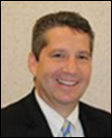











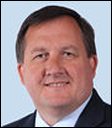
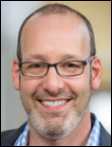
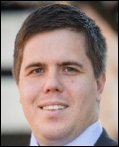







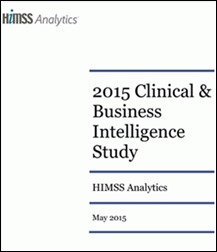

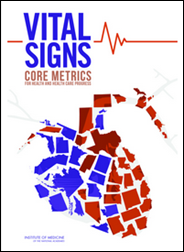



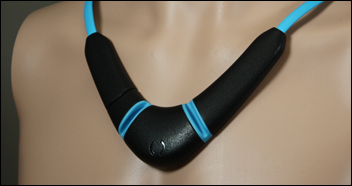
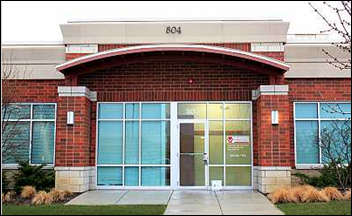
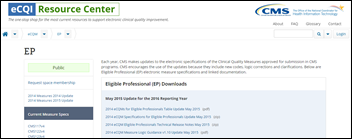



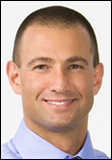
The article about Pediatric Associates in CA has a nugget with a potentially outsized impact: the implication that VFC vaccines…